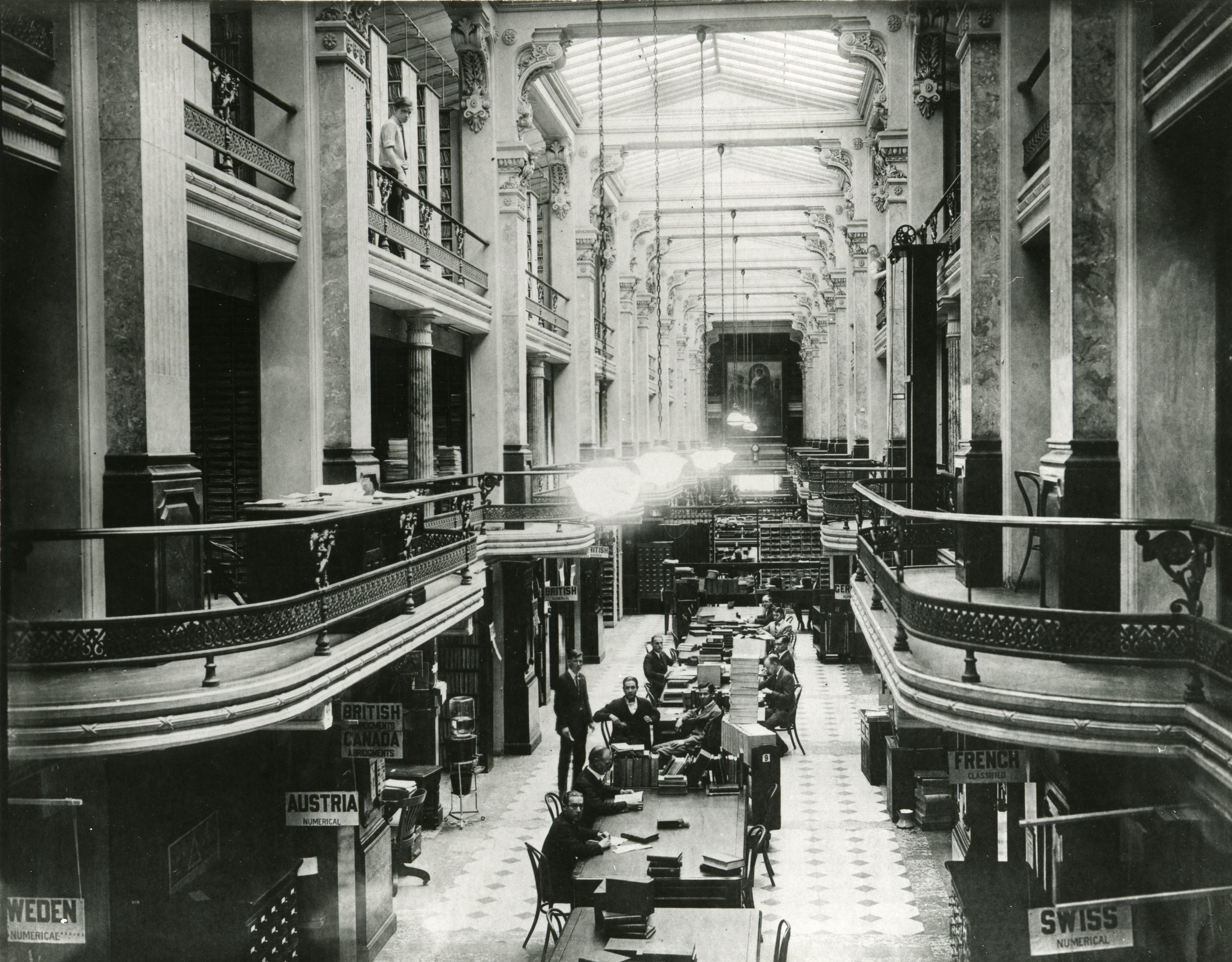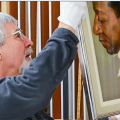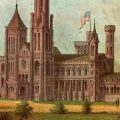Today in Smithsonian History: March 28, 1958

“Patent Office Building,” 1846, in Washington, D.C. The Patent Office Building is now home to the Donald W. Reynolds Center for American Art and Portraiture, housing the Smithsonian’s National Portrait Gallery and Smithsonian American Art Museum.
Daguerreotype by John Plumbwe Jr. via The Library of Congress
March 28, 1958 In an important victory for historic preservation, Congress decides against razing the old Patent Office Building for a parking lot and instead authorizes its use by the Smithsonian to house the National Collection of Fine Arts, now the Smithsonian American Art Museum, and the National Portrait Gallery. After extensive renovations to the building, the Museums opened to the public in 1968. The historic building underwent further renovations in the 21st century and is now know as the Donald W. Reynolds Center for American Art and Portraiture.
Designed in the Greek Revival style by architect Robert Mills, construction started in 1836, and the massive structure took 31 years to complete. United States patent law required inventors to submit scale models of their inventions, which were retained by the Patent Office and required housing.
From 1854 to 1857, Clara Barton worked in the building as a clerk to the Patent Commissioner, the first woman federal employee to receive equal pay. During the Civil War, the building was turned into military barracks, hospital, and morgue. Wounded soldiers lay on cots in second-floor galleries, among glass cases holding models of inventions that had been submitted with patent applications. The American poet Walt Whitman frequented “that noblest of Washington buildings” and read to wounded men. The building was chosen as the venue for Lincoln’s Second Inaugural Ball in 1865. Whitman worked in Bureau of Indian Affairs, located in the building, from January 24 to June 30, 1865, before being fired for having a copy of Leaves of Grass in his desk.
In the 20th century, the building was occupied by the Patent Office until 1932; it then housed the Civil Service Commission. Street-widening sliced away the monumental stairs to its south portico. In 1953, legislation was introduced to demolish the building for a parking lot; but President Dwight D. Eisenhower signed legislation giving it to the Smithsonian in 1958 (Public Law 85-357, 72 Stat. 68).

“Soldier’s sleeping bunks,” 1861
Hand-colored illustration from “Harper’s Weekly,” June 1, 186. courtesy the National Portrait Gallery

The Donald W. Reynolds Center for American Art and Portraiture in 2006. Smithsonian Institution photo.
Posted: 28 March 2019
-
Categories:
American Art Museum , Art and Design , Portrait Gallery , Today in SI History










